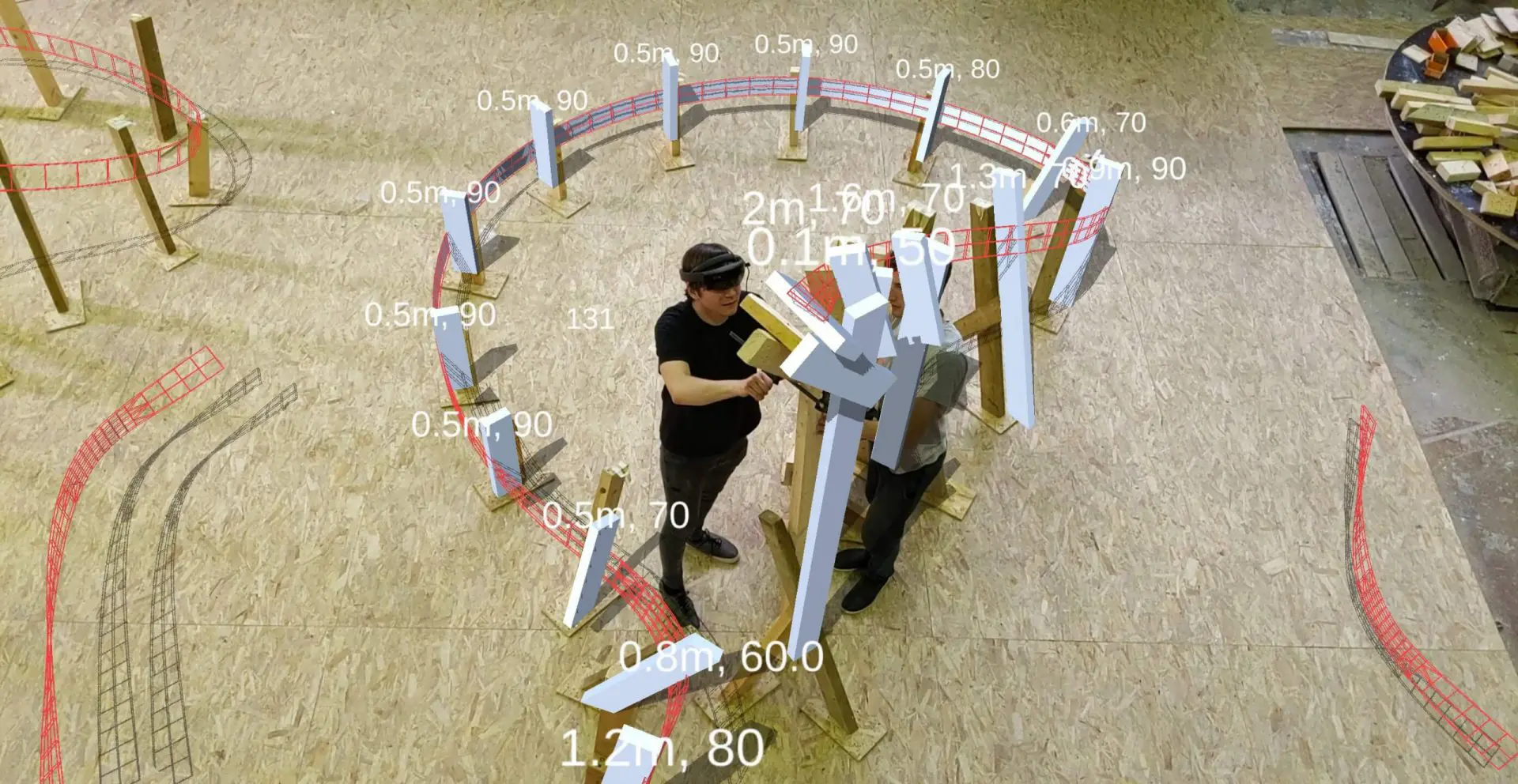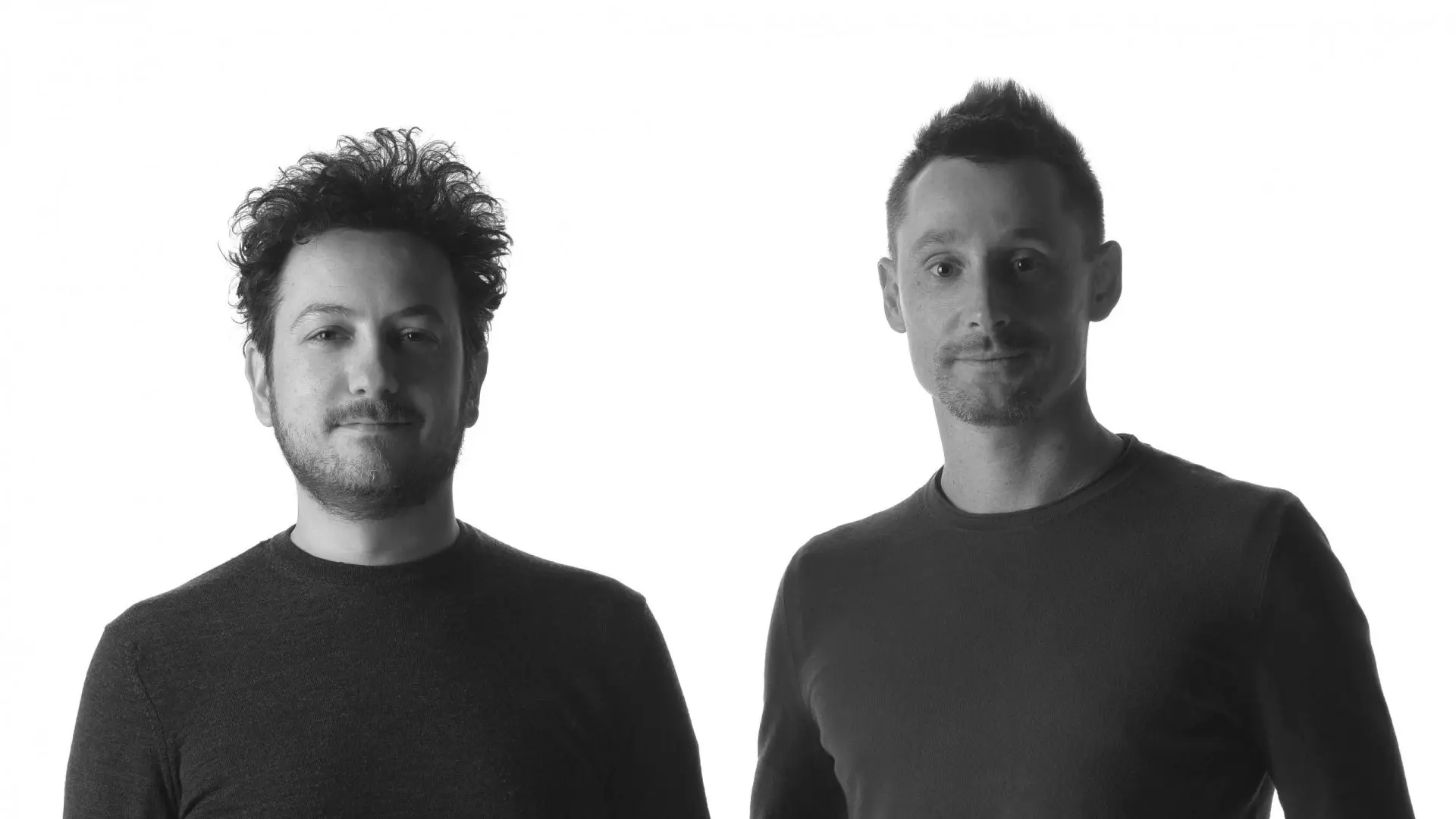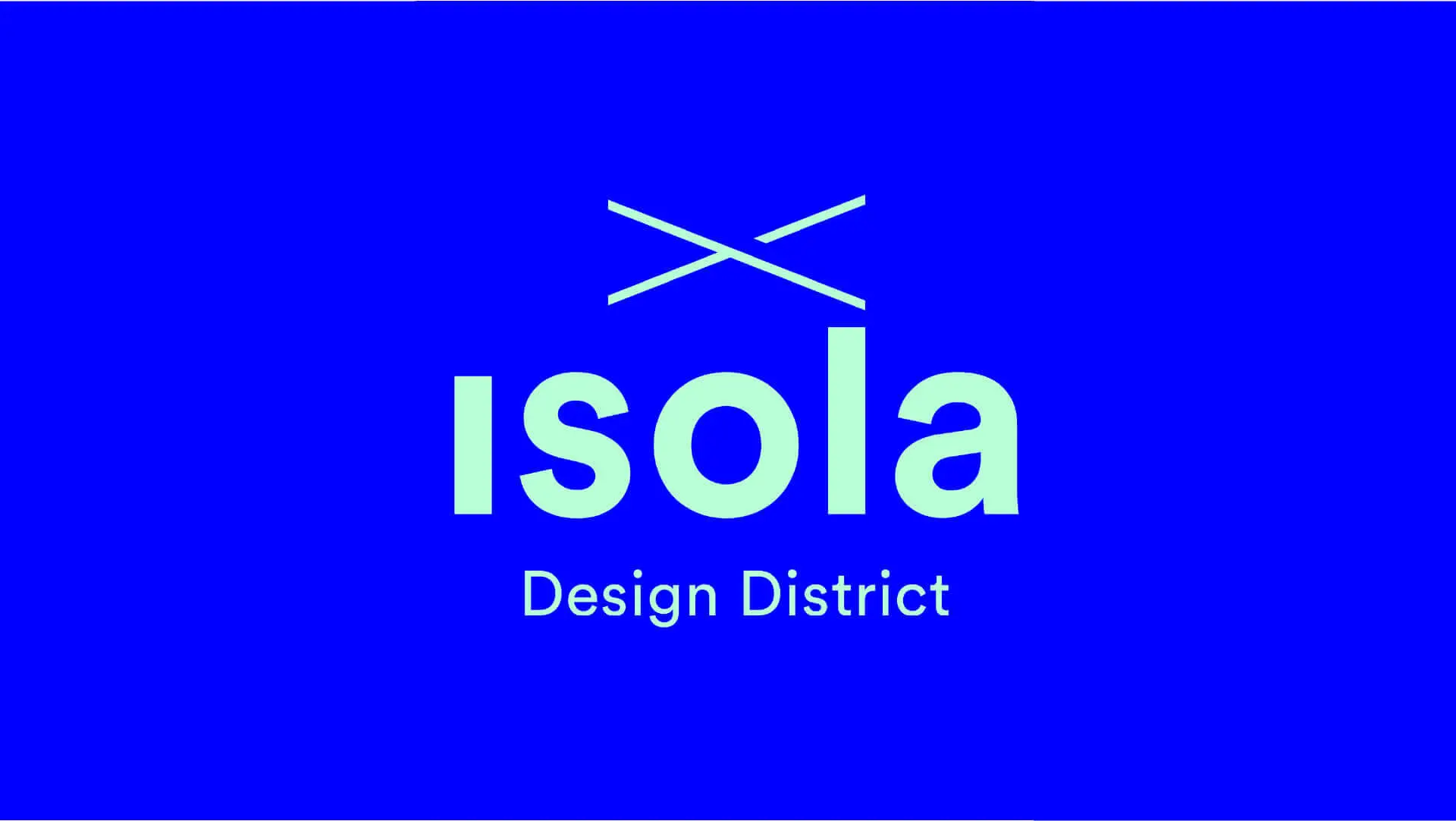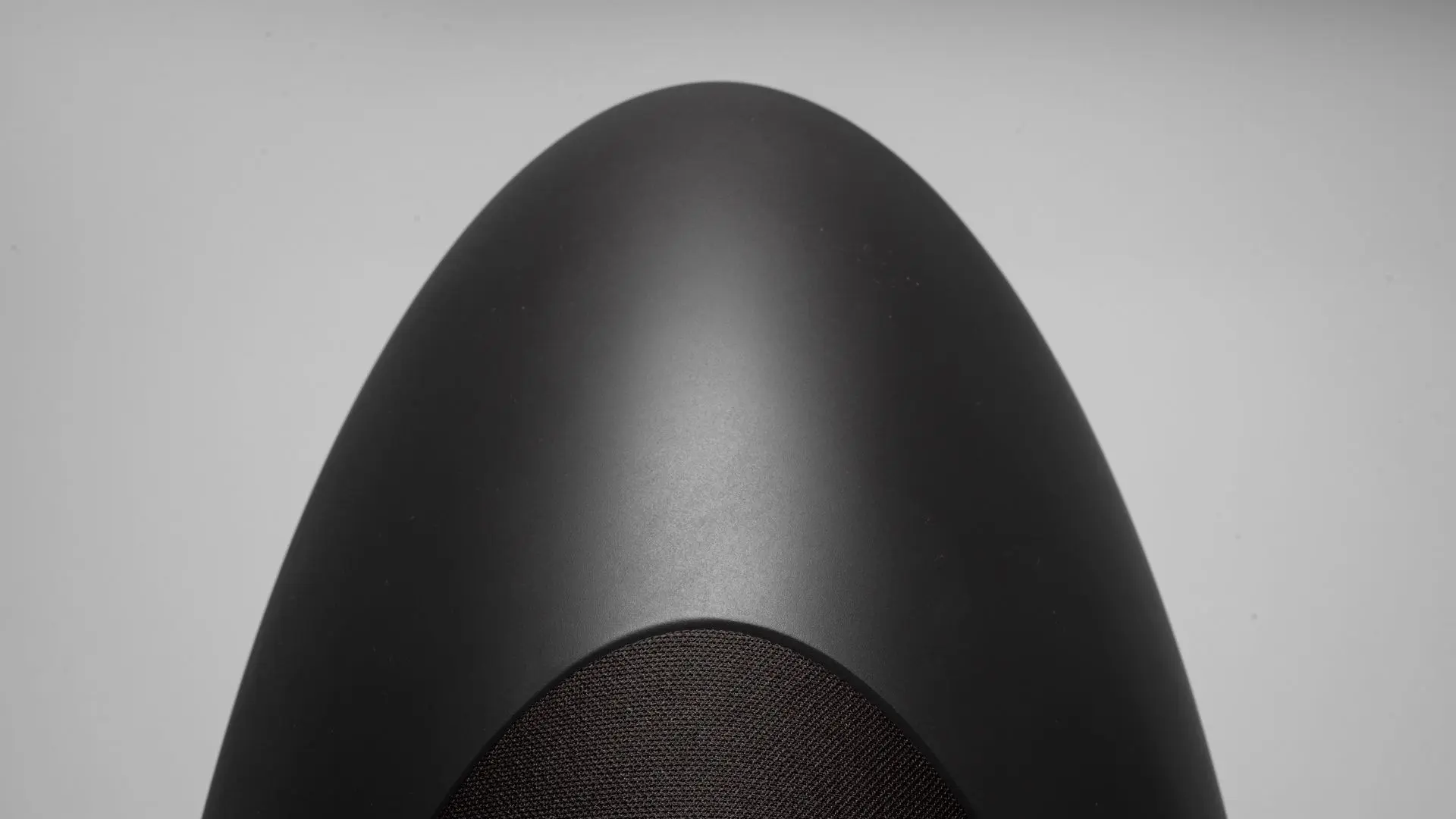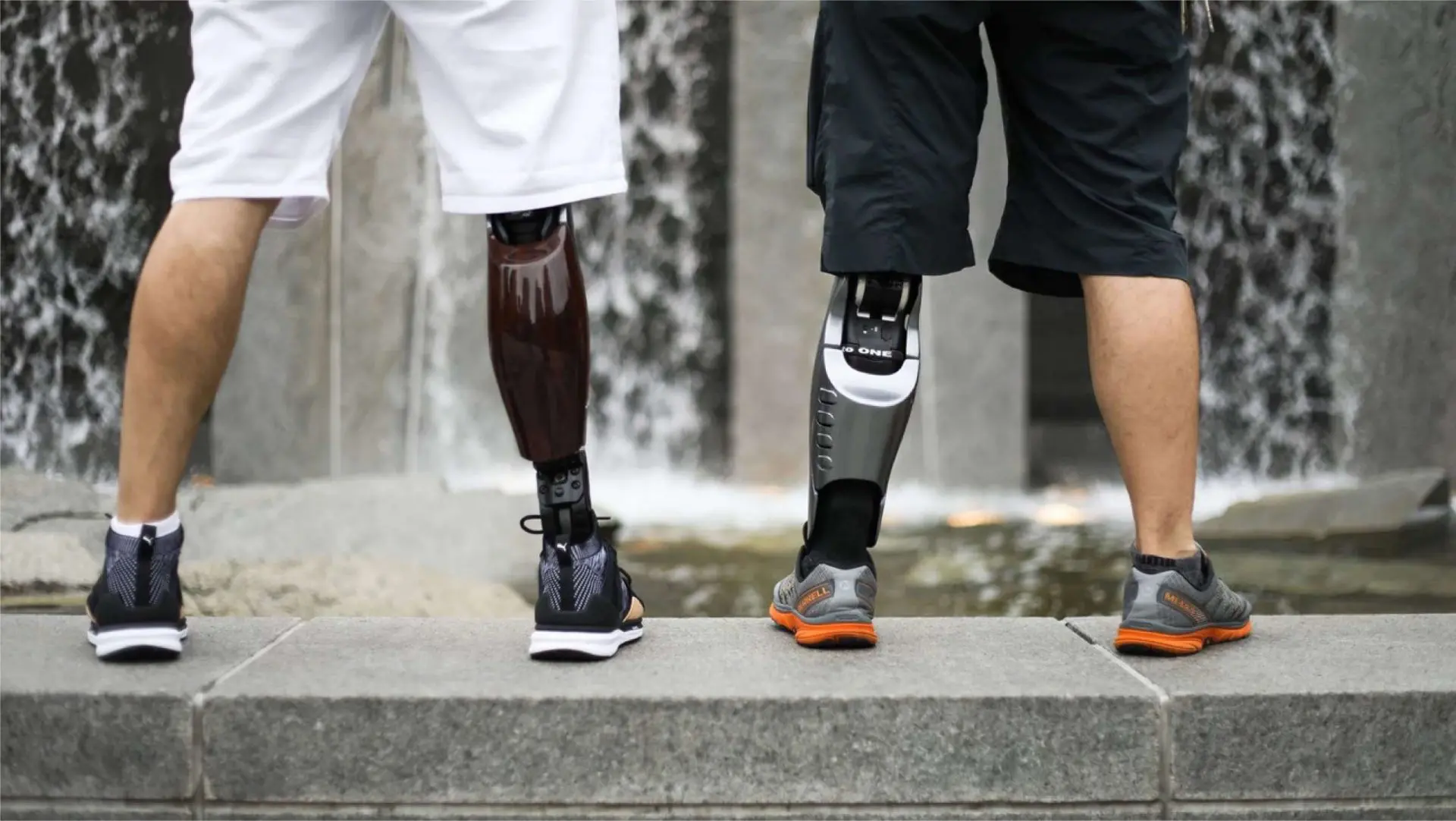Designing the invisible: the soft power of design from stuff to systems
Services are everywhere, woven seamlessly into daily life—whether shared platforms like Airbnb, Uber, and Grubhub or subscription services like newsletters, gym memberships, gardening, or meal deliveries. Often, these services are invisible, like water flowing through the interactions between people, objects, and environments. Yet they shape how we live, work, and connect.

Spring break serves as both a seasonal transition and a brief pause for students—myself included—who are in the midst of the semester, juggling midterm exams, summer internship or job searches, and graduation preparations.
Recently, the MIT AgeLab held its annual Preparing for Longevity Advisory Network (PLAN) conference, a key event that brings together sponsors and thought leaders in financial planning, healthcare, and related industries. The goal is to foster conversations around the future of financial well-being and to shift the focus from designing for retirement to designing for longevity (D4L)—a core concept that underpins much of my research.
Dr. Joseph Coughlin, Director and Founder of the MIT AgeLab, along with the dedicated lab team, has invested significant time, resources, and energy into curating an exceptional user experience for this event (Figure 1 and 2). The conference was a success, and it inspired me to reflect on how everyday service design is closely tied to cross-disciplinary collaboration, user experience, and service prototyping.

Service design – Three key takeaways:

Cross-pollinator collaboration fosters the creation of new experiences
In The Ten Faces of Innovation (2005), Tom Kelley and David Kelley introduced the provocative term “cross-pollinator,” a concept that sparked a vivid image for me—one of blending diverse fields of knowledge around a common design purpose. This idea strongly resonates with MIT Morningside Academy for Design’s (MAD) recent “Design+” initiative, which emphasizes interdisciplinary combinations like design + engineering or design + social science.
While “Design+” offers an exciting starting point, it also poses the challenge of defining “design” itself—both as a noun and a verb. The rise of integrative design approaches, particularly in service design, has not only reshaped design education but also influenced consumer behavior, emerging needs, business models, and the broader economy.
I believe design is no longer best categorized by traditional disciplines or areas of expertise. Instead, we might consider organizing it around the complex systemic challenges humanity faces, such as climate change, aging populations, or space exploration.
To explore this idea on a more relatable, everyday level, consider the following three examples. While not addressing systemic challenges directly, they reflect how cross-industry collaboration enhances everyday experiences:
- Gentle Monster – This Korean eyewear brand reimagines in-store retail by blending art installations with product displays (Figure 3). Their immersive, highly visual environments captivate shoppers, transforming traditional retail into an experiential space that bridges art and commerce.
- Tsutaya Bookstore – This iconic Japanese brand has evolved beyond being a bookstore, selling not just books but curated lifestyles. Through its T-Card partnership with convenience stores, department stores, and other retailers, Tsutaya collects extensive user data to “plan” lifestyle experiences rather than simply reacting to or designing them. As Muneaki Masuda, the founder, puts it, “Tsutaya Bookstore is a place where consumers could select a lifestyle that appealed to them.”
- Capital One Café – This concept merges retail banking with coffee shop culture (initially in partnership with Peet’s Coffee and now with Verve Coffee). These hybrid spaces serve as community hubs where people can relax, meet friends, and engage in casual financial education—blurring the line between service, hospitality, and financial literacy.
Each case demonstrates how cross-pollination between industries leads to richer, more engaging user experiences: Gentle Monster (art exhibition + glasses store), Tsutaya bookstore (lifestyle + bookstore), and Capital One Café (retail banking + coffee shop). By reframing everyday services through collaboration, we open up new avenues for innovation in eyewear retail, bookselling, or banking.

User experience is the driving force behind service innovation
When discussing service design, one of the most critical components is the thoughtful design and continuous development of user experience. A central question to consider is: How can we redesign human-centered services around product interactions and lived experiences?
One of the most compelling domains where this question becomes increasingly relevant is autonomous transportation, a rapidly emerging field that will shape the future of both private and public mobility.
Take Zoox, for example, an autonomous vehicle startup. Zoox has reimagined what the transportation experience can be, conducting extensive on-site user experiments and working closely with engineers and operators to refine every detail: from rider comfort and interaction to broader organizational and leadership feedback loops.
I had the unique opportunity to experience part of this firsthand by sitting inside one of their autonomous vehicles. The experience prompted me to think about the many dimensions involved in user experience design: seating comfort, window views, sound experiences, perceived speed, safety, reliability, and overall stability. Each of these elements contributes to how users feel during the ride, and ultimately, whether they trust the technology.
User experience can also be enhanced through co-creation, a widely used participatory method that involves engaging end users and stakeholders early in the service design and prototyping process. This reminds me of a scene from The Founder, a film about Ray Kroc, the man who transformed McDonald’s into a global fast-food empire. In one memorable scene, the McDonald’s team prototypes their kitchen layout using a full-scale mock-up drawn on a tennis court (Figure 4). The staff physically role-play the cooking and service process—an approach known as bodystorming—to refine the operational flow. This hands-on simulation helped them dramatically improve speed, efficiency, and customer satisfaction.

By applying co-creation methods like bodystorming, service designers can empower stakeholders at all levels—from frontline employees to executive leadership—to contribute meaningfully to innovation. Ultimately, user experience is not just a design layer; it is the very engine that fuels service innovation and drives meaningful change.
Tangibility brings clarity and insight to service design and prototyping
With a product and industrial design background, I naturally approach service design through the lens of physical objects—“stuff.” This perspective helps me bring tangibility into the design process, making abstract services more concrete and experiential.
Consider how once-physical items like metro cards or paper boarding passes have been integrated into digital platforms like Apple Wallet. Instead of showing cards or tickets, most people now simply scan their iPhones to access transportation or board a flight. The transition between physical and digital has fundamentally reshaped how we interact with services.
Introducing tangible artifacts into service design can enhance communication between service providers (e.g., financial advisors) and service recipients (e.g., customers). These objects can act as boundary objects (Star and Griesemer, 1989) or conversation starters, encouraging more open, intuitive dialogue and ultimately improving the quality of service prototyping.
One compelling example is the Service Innovation Corner (SINCO), proposed by Miettinen et al. (2012). SINCO uses a combination of projectors, physical props, and spatial layouts to simulate real service environments, allowing participants to interact with and respond to scenarios in real-time (Figure 5). These immersive setups provide valuable insights that inform more user-centered service design.

Everyday service design
Services are everywhere, woven seamlessly into daily life—whether shared platforms like Airbnb, Uber, and Grubhub or subscription services like newsletters, gym memberships, gardening, or meal deliveries. Often, these services are invisible, like water flowing through the interactions between people, objects, and environments. Yet they shape how we live, work, and connect.
By highlighting the role of everyday service design, I hope to inspire both designers and non-designers to cultivate a sharper, more empathetic eye—to observe their surroundings not just with their heads but also with their hearts. This awareness can help shape more meaningful, human-centered services in the world around us.
Reference









